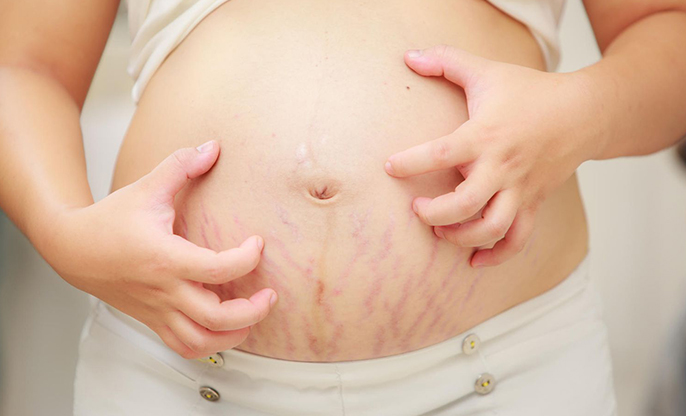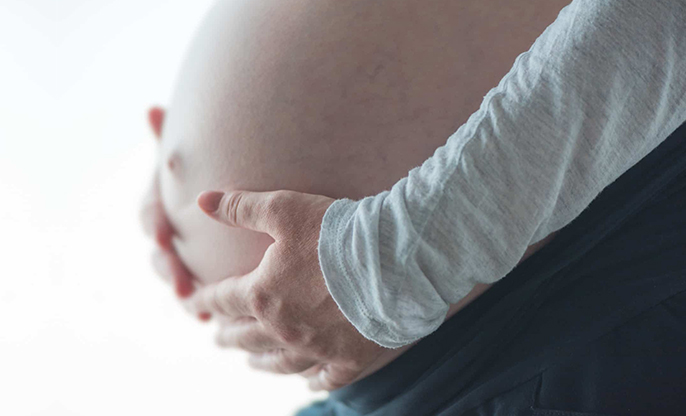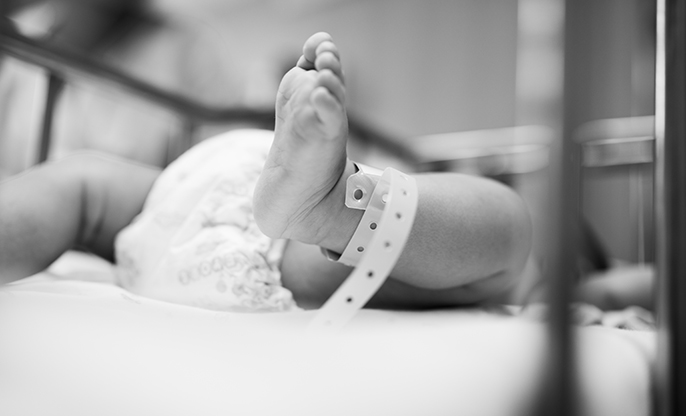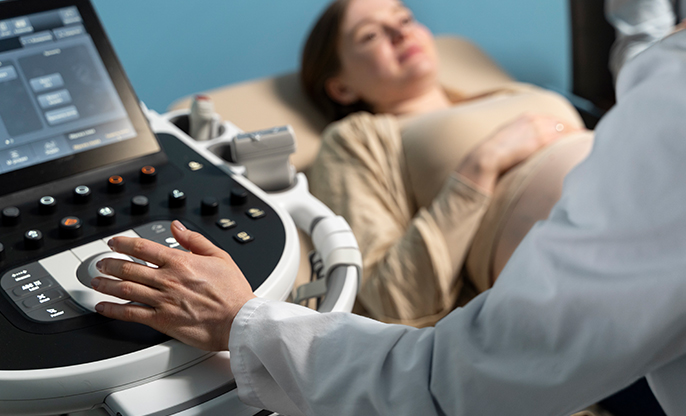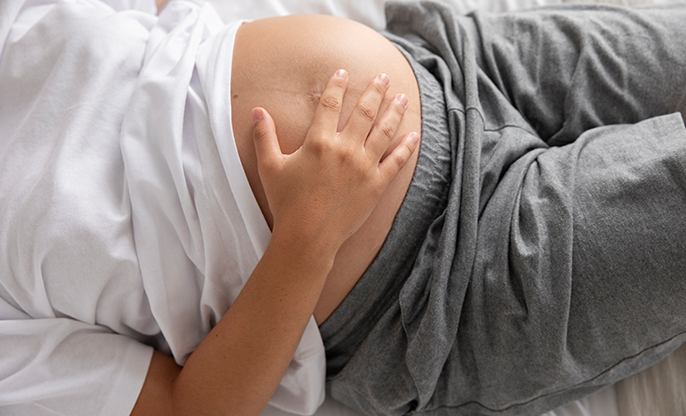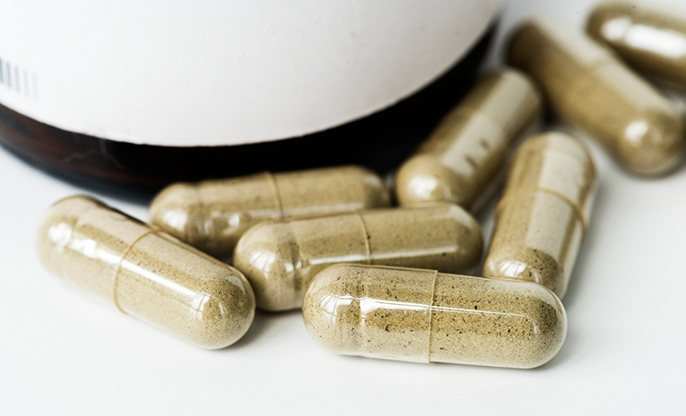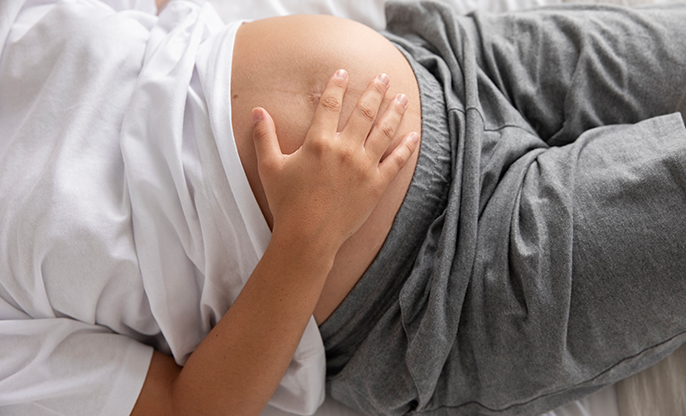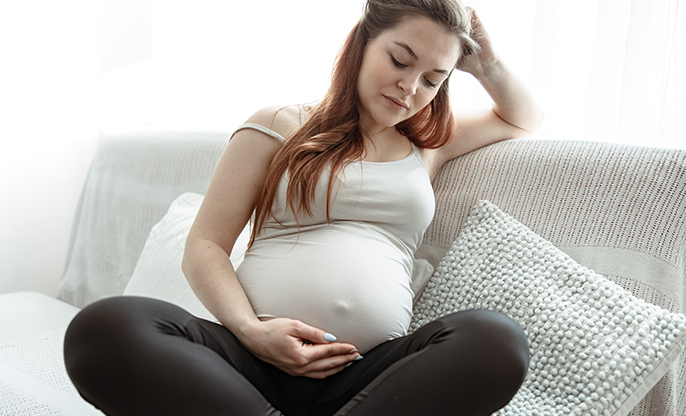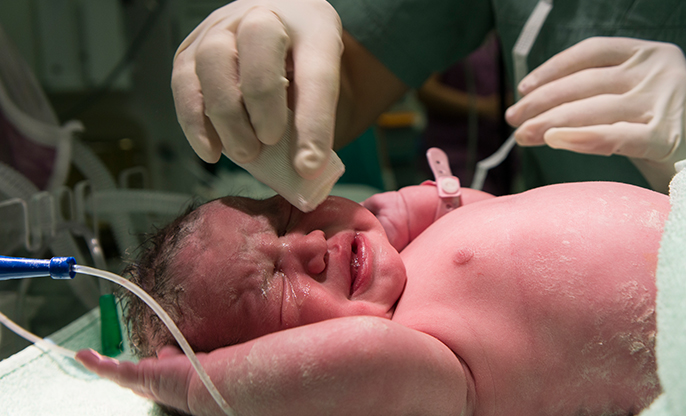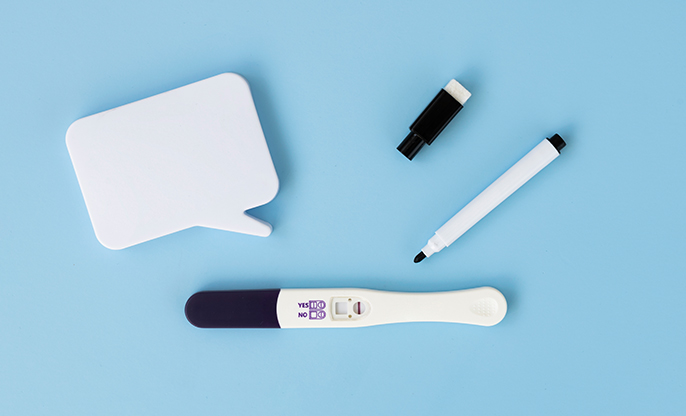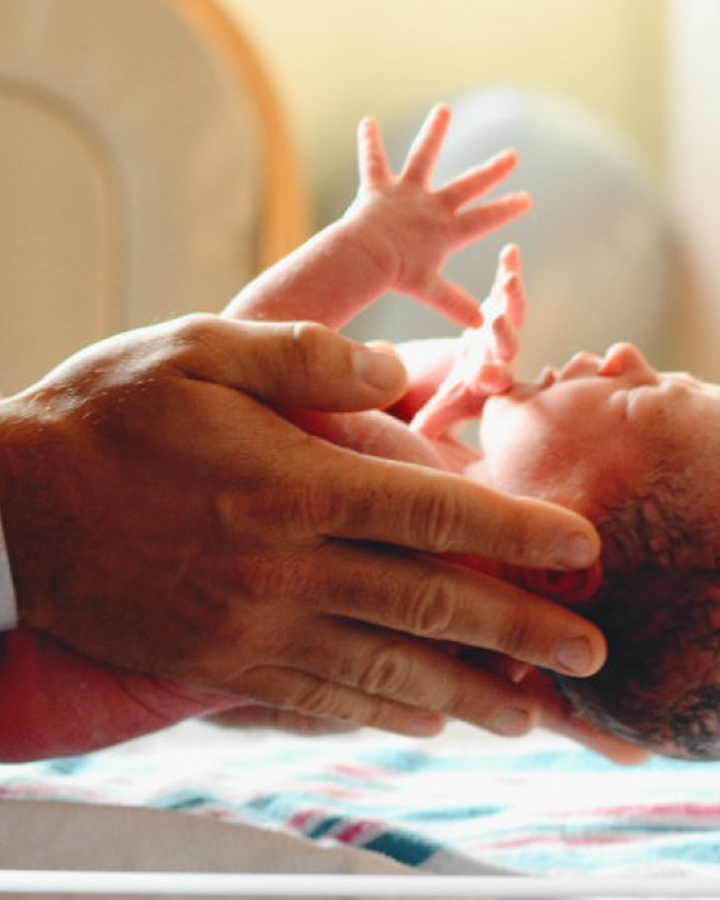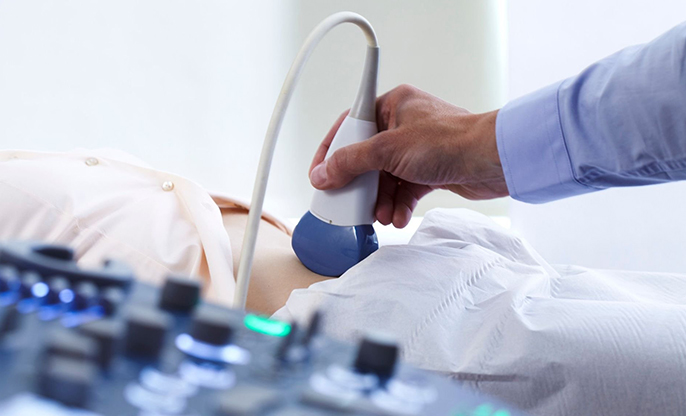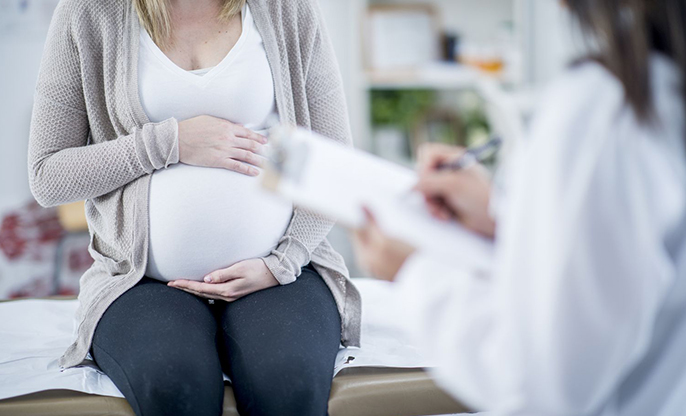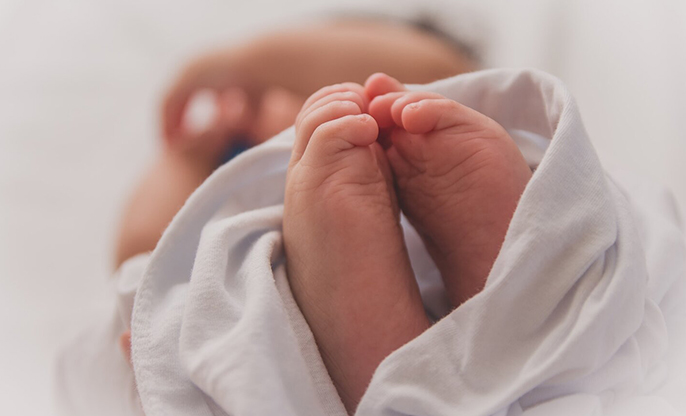
Pregnancy is a joyous time as you are getting ready to welcome a child into this world, but at the same time, it can be a period of concern and worry. One of the complications that threaten the safety of the mother and child is a condition called preeclampsia.
Preeclampsia is a syndrome that causes complications during pregnancy. This serious medical condition generally occurs after 20 weeks or midway through the pregnancy and is hard to define, though there are some tell-tale signs and symptoms.
The medical condition is characterized by several clinical features occurring together, such as complications of the placenta, decreased platelet count, proteinuria (kidney damage), and hypertension (high blood pressure) developing in the second half of the pregnancy. Preeclampsia is also known as toxemia or pre-eclampsia and causes swelling on different parts of the body, especially the face, ankles, and feet.
There is no one sole reason for Preeclampsia or Toxemia. Though typically, the condition resolves itself after the baby's birth. Preeclampsia is a severe pregnancy complication that needs attention.
Signs of preeclampsia:
- High blood pressure
- Blurred vision
- Swelling in hands and on face
- Headaches
- Protein in urine
- Fluid deposits in the lungs, causing shortness of breath
- Decreased platelet count
- Nausea and Vomiting
- Pain in the upper right side of the belly right under the ribs.
- Increased liver enzymes
Treatment of preeclampsia:
The treatment of preeclampsia depends upon the pregnancy stage and the case's severity. If the woman is close to full term, it can lead to premature birth. So, timely diagnosis and appropriate medications help control the increased blood pressure till the child is born. The drugs help the baby's lungs develop and live a healthy life.
When the disorder develops early in pregnancy, monitoring at every step helps prolong the pregnancy and allow the fetus to grow till full-term. The number of prenatal appointments includes frequent ultrasounds, urine tests, and blood draws to assess any danger to the unborn child. During labor and post-delivery, women with preeclampsia are given magnesium intravenously to prevent the development of eclampsia and seizures from the disorder.
Preeclampsia has no cure, but after giving birth, it usually resolves. However, the mother is still monitored for several weeks to ensure the symptoms do not persist.

